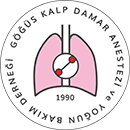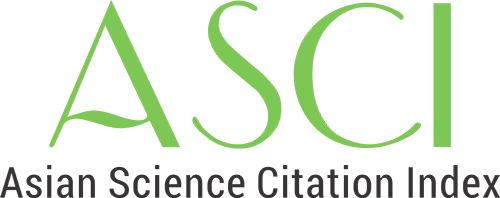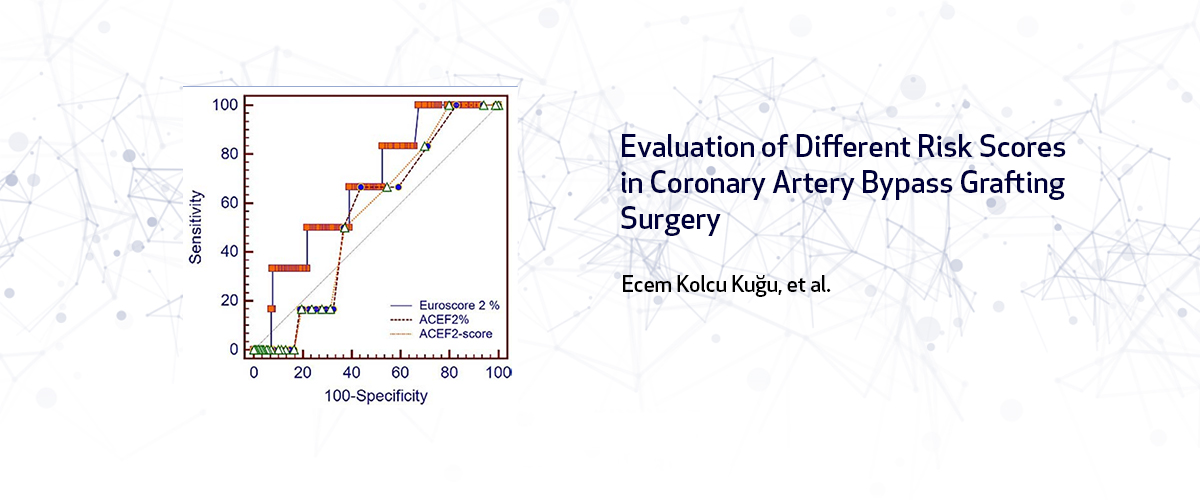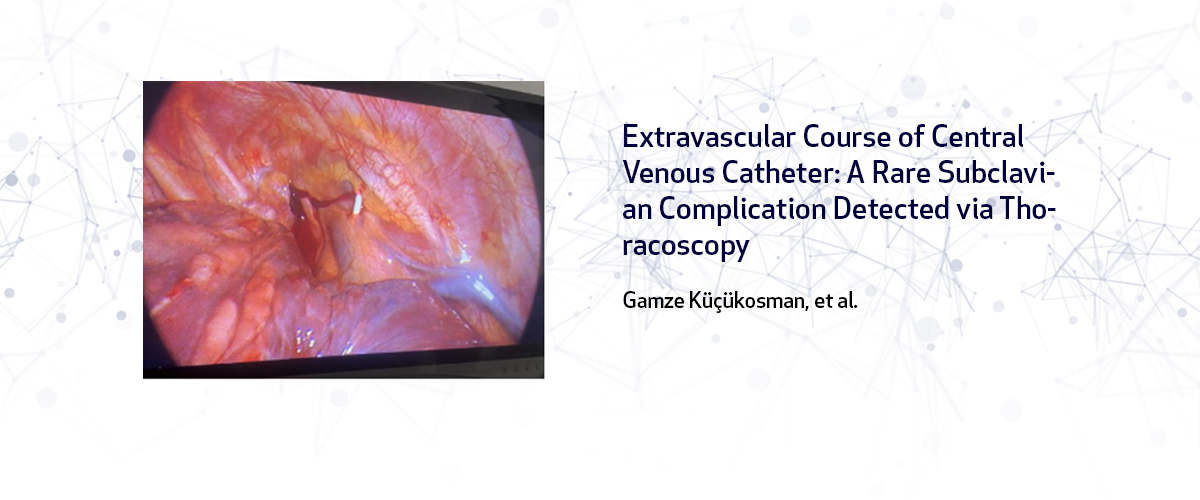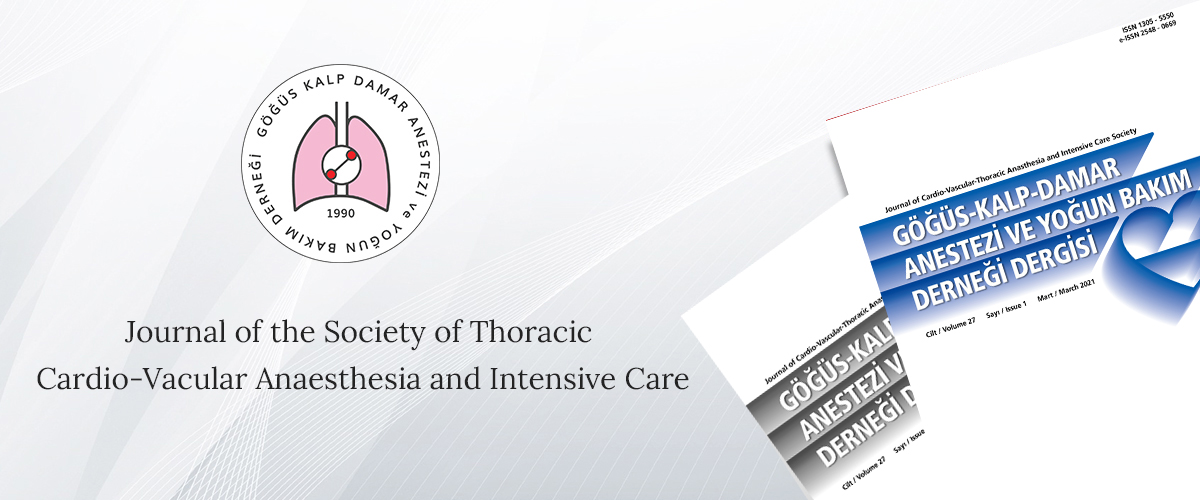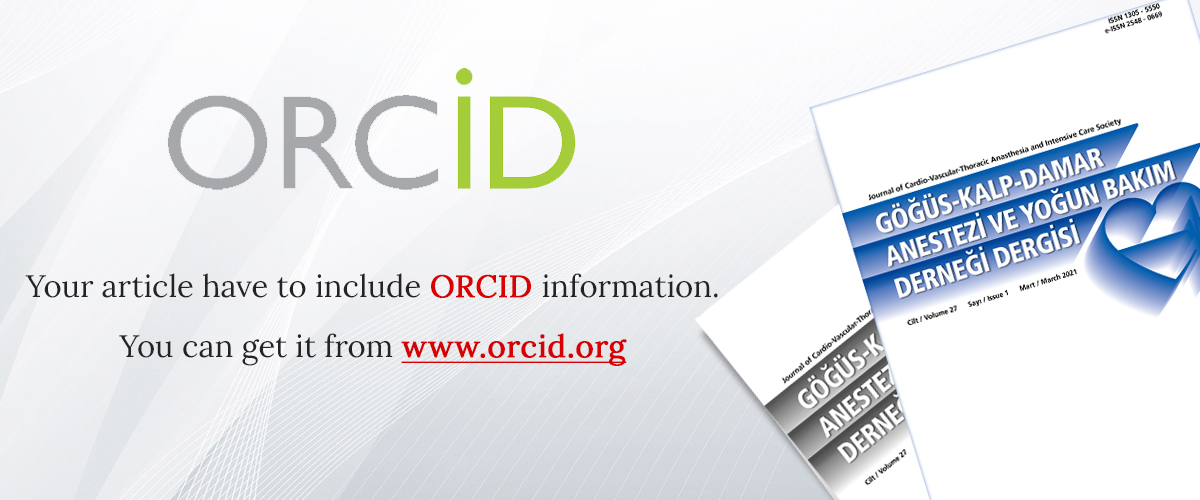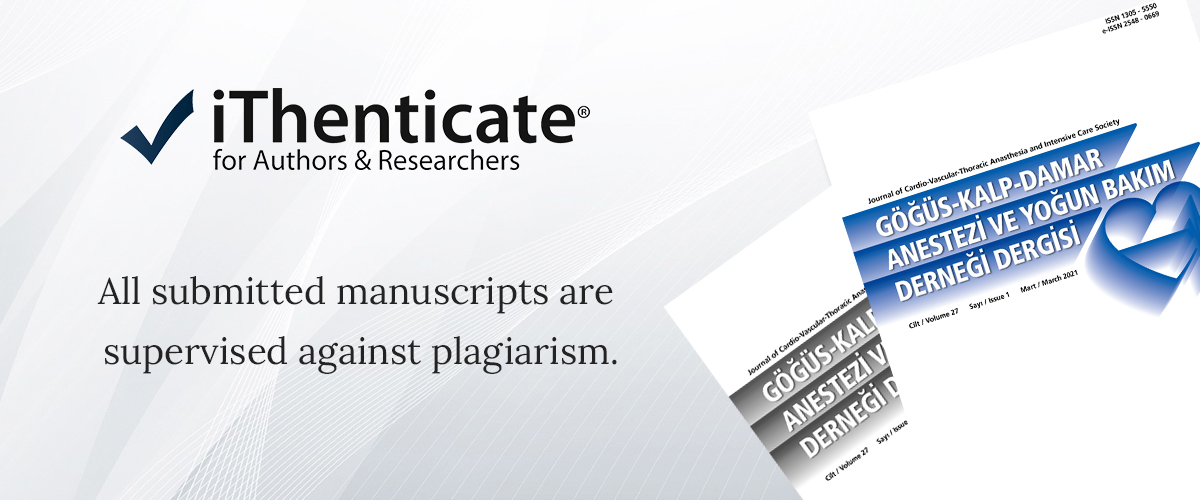

Double-Blind Revıew And Evaluation Process
The decision to publish all articles submitted to the journal belongs to the editor in chief. However, editors shape these decisions in line with the reviewers' recommendations.
The double blind review process is the process of evaluating the work completely anonymously. In this system, only the editor knows each stage. In this system authors do not know who the reviewer is, and the reviewers do not know whose work they are evaluating. Thus, biased evaluation of the work by the reviewers is prevented. In addition, since the author does not know the reviewers, he/she can not possibly get contact with the reviewer, and influence him/her through ‘special routes’. From this point of view, the double- blind review process is thought to provide objective evaluation and increase the equal opportunity.
For these reasons, all studies submitted to GKDAYB Journal are subject to double-blind review. At least two reviewers expert in their fields, will evaluate each submitted work. Every effort is spent by the editors for quick evaluation of the articles. The editor is the final decision-making authority in the evaluation processes of all articles.
First Evaluation
The relevant editor or journal secretary examines the work regarding the purpose and scope of the journal, its conformity to the rules of writing, and its English and Turkish language proficiency. As a result of this assessment, the manuscripts which do not comply with the publication rules and the publication policy of the journal are returned to the responsible author.
Preliminary Evaluation Process
In the pre-evaluation process; the study that left a positive impression on the editor is directed to the field editors. Field editors examine summary, introduction, material / method, discussion and conclusion sections of the manuscript as well as its scientific, and formal conformity to the writing rules of the journal. As a result of this review, manuscripts which are found suitable are taken into the process of reviewers’ evaluation.
Reviewers’ Evaluation Process
According to the content of the manuscript, at least two expert reviewers who had current studies in the relevant field are determined. Suggestions of the field editor regarding the selection of reviewers are appraised by the chief editor, and reviewers are assigned for the assessments of the manuscripts. The reviewers evaluate the study and prepare a report.
Reports of the Reviewers
The reviewers evaluate the objective, material / method, results and discussion sections of the study, and its conformity to scientific principles. The work may be accepted directly, its revision may be requested or rejected. If correction in the manuscript is required, the suggestions coming from the reviewers are communicated to the authors and the authors are asked to revise their work.The results of correction coming from the authors are reexamined by the reviewers and their decisions are reported to the editor. In case of disagreement between the assigned reviewers, the manuscript is sent to a designated third reviewer.
Statistical Analysis
Manuscripts deemed appropriate for publication by the reviewers are sent to the statistical editor. Articles that are approved by the statistical editor are accepted for publication
Publication Printing Process
Clinical studies or experimental research articles accepted for publication are usually included in the first issue to be published. Case presentations can wait 6-9 months according to the intensity..
